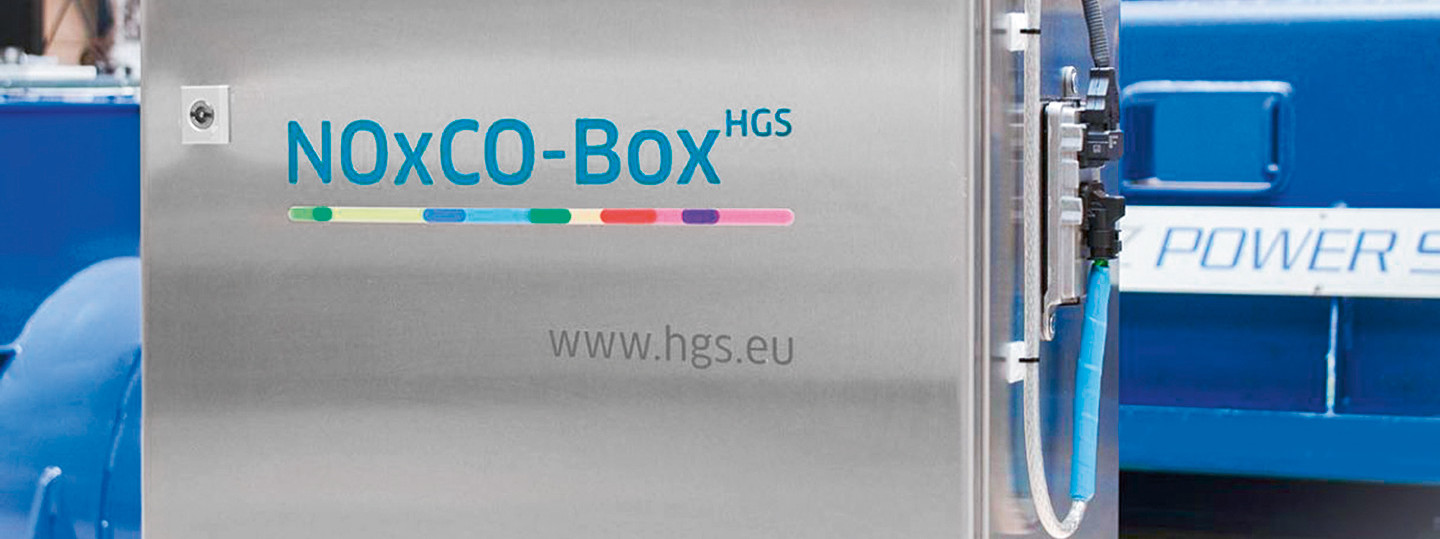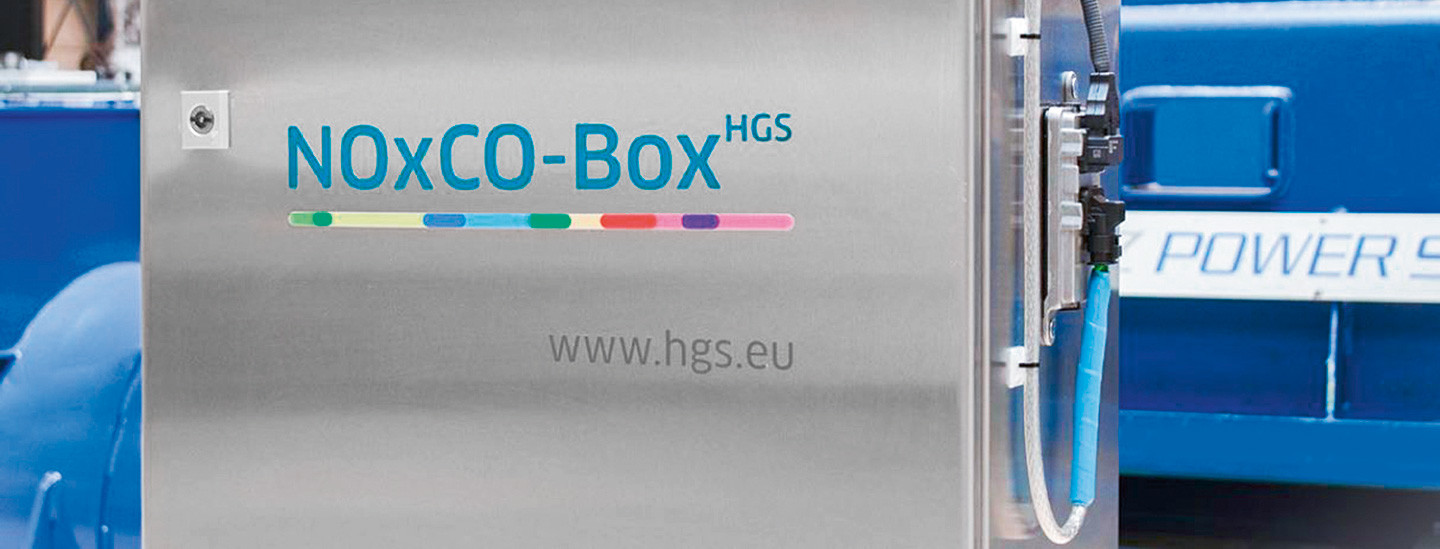
Nitric oxide and carbon in view: H.G.S. launches NOxCO-Box
- H.G.S., a company of ENGIE Deutschland, offers the new NOxCO-Box for measuring and monitoring nitrogen oxide (NOx) and carbon monoxide (CO) emissions in internal combustion engines
- The online-based plant measurement system supports public utilities, municipal utilities, biogas and mine gas plant operators as well as industrial companies in the implementation of the 44th Federal Immission Control Ordinance (BImSchV)
Essen/Visbek - Air pollution control plans, driving bans, pollution control – since the diesel scandal in the automotive industry, activities and initiatives are increasing to reduce harmful emissions into the environment or at best to avoid them completely. A key element in this regard is the 44th Federal Immission Control Ordinance (BlmSchV) of the Federal Government, adopted in June 2019, for medium-sized combustion, gas turbine and internal combustion engine systems. The regulation calls for continuous monitoring of emissions and will tighten the corresponding limit values in the future. It applies to all operators of a system with a combustion output greater than one megawatt; regardless of whether it is an existing or a new asset. Although the regulation has been in force for more than a year, difficulties still arise in its implementation, as Michael Siemer, Head of Sales at H.G.S., a company of ENGIE Deutschland, knows: "In our daily customer contact, we at H.G.S. repeatedly find that there is great uncertainty with regard to the specific BImSchV requirements, both with plant operators and with state and regional authorities. In order to support our customers in the best possible way, we have developed the NOxCO-Box." The NOxCO-Box is an online system measurement system that the experts at H.G.S. have designed and implemented together with partner companies from the energy and automation technology.
Emission monitoring at one-second intervals
The NOxCO-Box meets the exact requirements that the BImSchV has for system users. In particular, the focus is on the online monitoring of the nitrogen oxide limit values, the sealing of catalysts and the CO measurement. The sophisticated system brings many advantages for the user: "The NOxCO-Box not only ensures the continuous monitoring of an engine or a system. Rather, it enables the online measurement of nitrogen oxide of up to four motors or systems simultaneously; that distinguishes our offer from alternative products on the market. The operator can thus significantly simplify his processes," emphasizes Michael Siemer. The system output, the emission values for nitrogen oxide and carbon monoxide as well as the residual oxygen are recorded, the online values determined in the second cycle are converted to half-hour and daily average values in accordance with the BImSchV guidelines and stored in the box. The data is output either via a USB interface or via a hotspot generated by the box with the device via a smartphone. The data are stored for a period of at least six months, which corresponds to the documentation and storage obligations of the BImSchV.
Important advantages for public utilities and municipal utilities
The NOxCO-Box has been available since the beginning of this year. H.G.S. has installed 30 systems throughout Germany right from the start date, and the team is currently putting another 50 into operation at various customer sites. Demand is particularly high for public utilities as operators of heating plants and power plants equipped with CHPs, and for municipal utilities such as sewage treatment plants and landfills. In addition, the NOxCO-Box is ideal for use in biogas and mine gas plants as well as in industrial plants with increased power, heat and cooling requirements. "So far, we have only received positive feedback from our customers about the NOxCO-Box. We are proud that we fulfill our own claim of being in touch with the needs of our customers with our solution. At the same time, with the box we are acting entirely in line with ENGIE's zero carbon strategy, as we are making a contribution to improving our customers' carbon2 footprint in the long term," says Michael Siemer.
Small box with great added value: With the NOxCO-Box, H.G.S. supports customers in monitoring and recording the nitrogen and carbon monoxide emissions of their plants. The online based system meets the requirements of the 44th BImSchV.
Image source: ENGIE Deutschland
ENGIE Deutschland GmbH
